#CheapCars
Buy/Drive/Burn: Ace of Base A-Bodies From 1979
After our most recent Rare Rides post, your author perused The Big List of BDB Ideas and discovered a suggestion commenter Sgeffe made many moons ago. He suggested the most basic coupe A-bodies on offer in 1979. Feeling cheap? Let’s get weird.
Not Every Entry-level Car Is Searching for Missing Buyers
The first quarter of 2019 reflected a long-predicted cooling off of U.S. auto sales, with volume falling 2 percent. A few automakers bucked the trend, but the news was generally unpleasant. Of course, rising average transaction prices and a bevy of high-margin trucks, SUVs, and crossovers softened the blow for those who got their lineups in order ahead of time.
One segment that gets very little attention — for many reasons — is the lowest rung of all: subcompact cars, which traditionally provide a stepping stone for buyers just entering the market. Many journos bemoan the loss of low-priced cars, claiming relatively cash-strapped Millennials stand to be priced out of the new vehicle market by rising MSRPs and interest rates. It’s true — the herd is thinning, with the last quarter bringing about the death of the Chevrolet Cruze. (This writer actually bought one; the jury’s out if anyone else out there did.)
Still, despite the industry flux, some nameplates continue to earn the love of buyers who choose to spend as little as possible on a new car.
America's Second-cheapest Nissan Bows Out of the Market
Journalists who holler nonstop for “affordable cars!” have one less model to choose from. As it isn’t a vehicle patterned off the original Fiat 124/Lada 1200, with the quality and handling of a BMW, suffice it to say the Nissan Versa Note probably didn’t rank high on their might-buy list.
And yet the Versa Note did offer buyers a cheap way to move five people and a decent amount of cargo from place to place, with a standard continuously variable automatic sweetening the pot for those who never bothered learning a stick. After 2019, it’s gone from North American dealers.
QOTD: What Millennials Want?
I can’t claim to know what Millennials want — I don’t consider myself a member of that particular cohort. Depending on the source, I’m either one year into that demographic or one year removed, but given that my circle of friends starts at about five years my junior and tops out at 20 years my senior, I’ll accept one older aquaintence’s assertion that I’m “the ragged edge of Generation X.”
That said, social media makes one a sometimes unwilling observer of this curious group of people and, amid their incessant political tweeting, the Millennial’s automotive angst emerges. Basically, cars are too expensive, OEMs have abandoned them, and the Boomers stole their future. And I thought Gen-Xers were supposed to be miserable grumps.
What automotive balm would soothe these pains?
Upgraded Nissan Versa Still Dirt Cheap, Gets Budget-friendly Special Edition
Peaking sharply in 2015, domestic sales of Nissan’s Versa slipped as North America pivoted toward crossover vehicles. While that’s normally a shame, there isn’t a lot of praise to heap upon the model. But is certainly is cheap!
Upgraded in the middle of 2018 to include a standard rear-view camera, along with a 7.0-inch color touchscreen, audio streaming via Bluetooth, Siri Eyes Free, a USB connection, new speakers, and — get this — an auxiliary input, Nissan intends to further improve the model for with the SV Special Edition package. However, bargain hunters might rejoice, as the model’s overall pricing will enter 2019 nearly unchanged.
That’s $12,360 (plus a $895 destination fee) for what is inarguably a new car. Hardware includes a 109-horsepower 1.6-liter four-cylinder engine mated to a five-speed manual, offering impressive fuel economy and absolutely nothing else.
No Fixed Abode: What If They Held a Cheap-Car Party and Nobody Came?
Just a couple of weeks into my ECO 101 class, I knew that something was terribly wrong.
At the age of nineteen, I’d already worked for a few dealerships and I was on the way to opening up my own bike shop. Yet I knew at some level that I was profoundly ignorant of the levers that truly move the world. So I signed up for an economics class to learn about those levers.
I learned a lot of theories and concepts in that semester, most of them “proven” by long experience if not by experiment; much like climate science and astronomy, economics is one of those disciplines where much of the scientific method is rendered inaccessible for obvious reasons. Even as a kid, however, I could tell that pure economic theory, like pure Marxism, had no relation to the real world. I was shown a lot of charts where imaginary widget factories maximized output until they broke even on the last widget they made. I heard a lot about elastic and inelastic demand. Things were shown to be fungible, or perhaps not. But if there was a direct connection to the way business worked in my daily life, it must have been made of Larry Niven’s shadow-square wire.
Now, in my forties, I have come to the conclusion that ECO 101 should not be taught to anyone who has not already taken ECO 102, or perhaps owned a business, or maybe reached the age of retirement. ECO 101 contains information that is too dangerous to be used or acted upon in its purest form. The real world doesn’t play by the rules you learn in that class.
Want proof? Here’s some: apparently people won’t buy a brand-new $16,950 car if it’s listed for half price.
World's Cheapest Stripper Bites the Dust; Disinterested Public Barely Mourns
While our Ace of Base series delights in revealing just how bargain basement a mainstream vehicle can get, none of those rides hold a candle to the spartan purgatory that was the Tata Nano.
Billed as the world’s cheapest car upon its release in 2008, the Indian-market four-door was tailor-made to lure that country’s growing market of would-be vehicle owners off motorcycles and into a car with two cylinders, 37 horsepower, and a rear hatch that didn’t open.
Not unexpectedly, the vehicle quickly developed a stigma.
QOTD: What Models Were on Your First Car Shopping List?
Recall the days all those years ago (probably over a century for some of you), as the time approached for you to start driving. Some of you may have been prescribed a vehicle by the gift of a generous or perhaps spiteful relative. Others received a set stipend from the Bank of Parentus, while the rest worked at a low-end job to scrape up funds for an automotive purchase.
Today, we want to know what your aspirations were at the time; which vehicles did you desire and shop for as your first car?
No Fixed Abode: The Doctor's Kia and the Patient's Porsches
My father had a lot of career advice for me growing up, all of which I cheerfully ignored as I planned a future as a bike-shop owner or folk guitarist. He thought I should go to work for Proctor&Gamble. Sell soap to the masses. Climb the corporate hierarchy to the C-suite. Own a tasteful but extravagant home in Cincinnati’s most exclusive neighborhood. This was bad advice. I learned a long time ago that I don’t have the bow-and-scrape mentality required for success in a corporation.
You know what Dad should have told me instead? He should have told me to be a doctor. I have all the required characteristics: arrogance, blind confidence, a lack of empathy, and a willingness to forget about people as soon as I walk out of a room. By and large, doctors are terrible people. I should know. I’ve spent more time in the hospital than your average late-stage cancer patient.
Robert Ringer once called medical school “a place where people are trained to think they are infallible” — or something like that. He was right. Doctors are notorious for being poor stewards of their money due to simple overconfidence in their own instincts and innate superiority. Thirty years ago, when long-term open-ended leasing was a veritable art form of forcible financial sodomy, the most sadistic practitioner of that art in my area was a storefront that called itself “Physicians Leasing.” They put our local doctors in loaded W126 Benzes for $400/month. Every two years they’d swap the docs out into new Benzes. Further and further underwater our local physicians went, until the final mid-five-figure bill came due. Luckily, it was an era of skyrocketing home equity.
Doctors love their fancy cars, that’s for sure. But I recently found a website that argues an extreme but interesting case: the most money a physician should spend on a car is five grand, period, point blank.
QOTD: What Was the Cheapest Car You Ever Bought?
We called our 1968 Plymouth Valiant 100 “Slithis” after a cheesy horror movie about snakes. I’m not sure why, in retrospect; most likely because it was a green. It wasn’t that metallic gold green popular in the early 1970s, sometimes called “baby shit green” (parents will understand). Just eight years after production, Slithis’ verdant topcoat was starting to lose its lustre. It had 98,000 miles on the odometer and we paid $50 for it — a genuine “$50 special.”
Today, something comparable would have twice as many miles, cost 10 to 20 times as many dollars, and likely be in far better shape.
Piston Slap: Wants Vs. Needs?
Hammer Time: Why Cheap Cars Don't Sell
Consumer Reports recently came out with a study that featured the seven least satisfying new cars in today’s market. The worst? By a margin worthy of “Independence Day” going up against “Pluto Nash,” it was the current generation Kia Rio. Only 40 percent of current owners would recommend buying a new one.
The usual demerits for a compact such as the Kia Rio would be that it is tinny, cheap, loud and had interior accompaniments that would be worthy of a Little Tikes Cozy Coupe. In other words, it’s a Korean version of the Mitsubishi Mirage with substantially more power in exchange for far less usable interior space and an ugly beak. That may just be my personal opinion.
But there’s a far guiltier crime of irrefutable measure that the Kia Rio is known for at the auto auctions, and Consumer Reports managed to hit the exact bullseye of that bullseye.
No Fixed Abode: A Vestigial Tale
I woke up yesterday to see that my friend W. Christian “Mental” Ward had taken advantage of me while I was drunk.
My first thought was to make a porn movie in which I played myself, kind of like that nice young lady who recently graduated from Columbia did. (They call her “Mattress Girl”, by the way.) But then I realized that Mental’s violations had been limited to using the column title “No Fixed Abode” for his own opinions. So I calmed down. But then I wondered: what if I just let people use the title for columns of which I particularly approved, either drunk or sober? Eventually I wouldn’t even need to approve them myself. I could use an algorithm, or a Millennial. Perhaps, after fifty or seventy-five years of this, the phrase “no fixed abode” would become brandless, like “kleenex” or “band-aid.”
I can imagine some kid in the year 2210 waxing nostalgic about his steam-powered Kamakiri biosphere-mobile (the first person to get the reference wins the Internet) and saying to his friends, “Man, I’m going to hook up the ‘trodes and bang out a nofixedabode about the time I saw my Daddy mowing the lawn and I was like, ‘Come on Daddy, get in, let’s go!'” At that point, the original reason for the column title, to say nothing of its decidedly nonfamous originator, would be long lost to history.
Which brings us, of course, to the Prius.
Hammer Time: $100 Worth Of Charity… And Fun?
By the time you read this, I will have bought the last $100 car sold at a public auction… that actually runs!
This 1994 Ford Explorer XL has just under 94,000 miles and has been sitting at a local water department for a couple of years now. The exterior is nothing special, but the interior is surprisingly intact and well kept.
Which begs the question, what the hell should I do with this thing?
Hammer Time Remix: The Keeper Culture
My pants still fit me from college.
Well, they are sweatpants after all.
They were given to me by a friend of mine who is known as a “Datsunaholic”. He keeps a few old cars. A few of those models have been written up by Paul Niedermeyer who now keeps a lot of houses along with his new web site. He invariably finds ‘keeper folk’ from all walks of life. But most of the people he finds are not car enthusiasts at all.
Why do they keep these cars then? Are they perhaps hoarders? Do they suffer the afflictions of the wantless?
Or is this just another write-up inspired by Kevin Bacon?





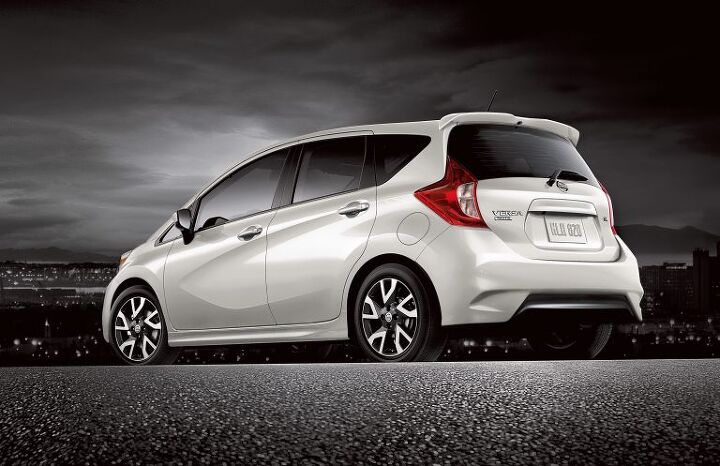
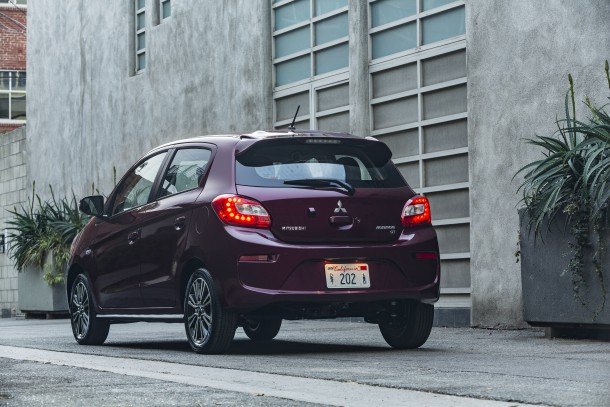
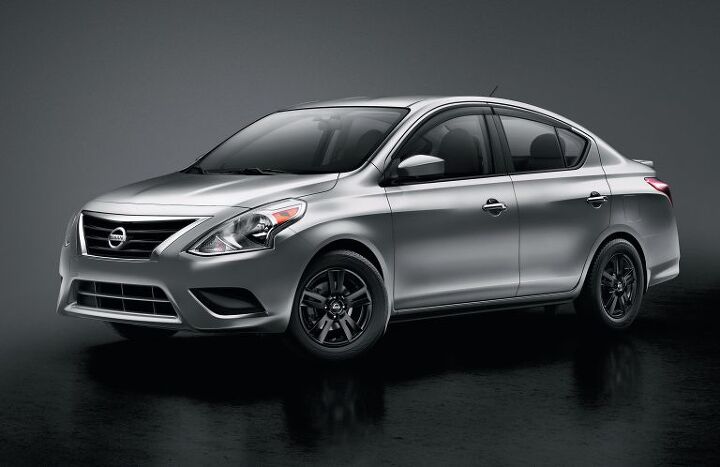


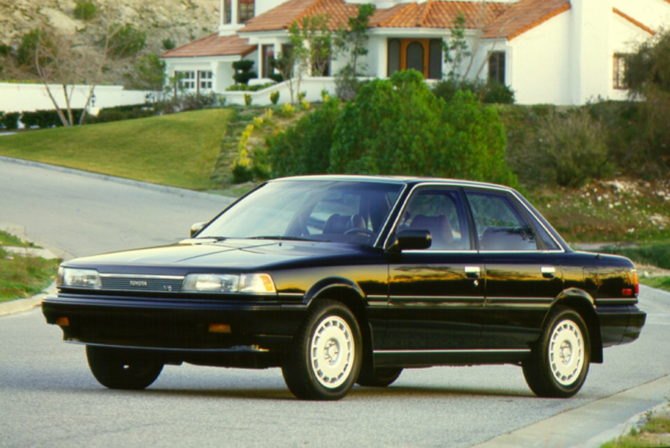
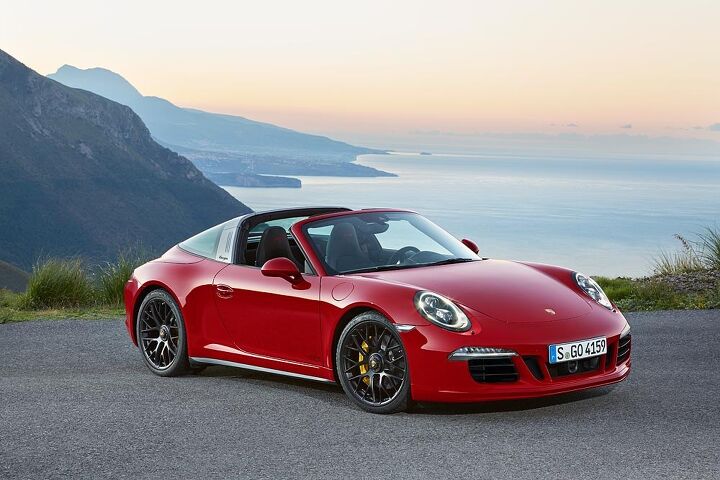

















Recent Comments